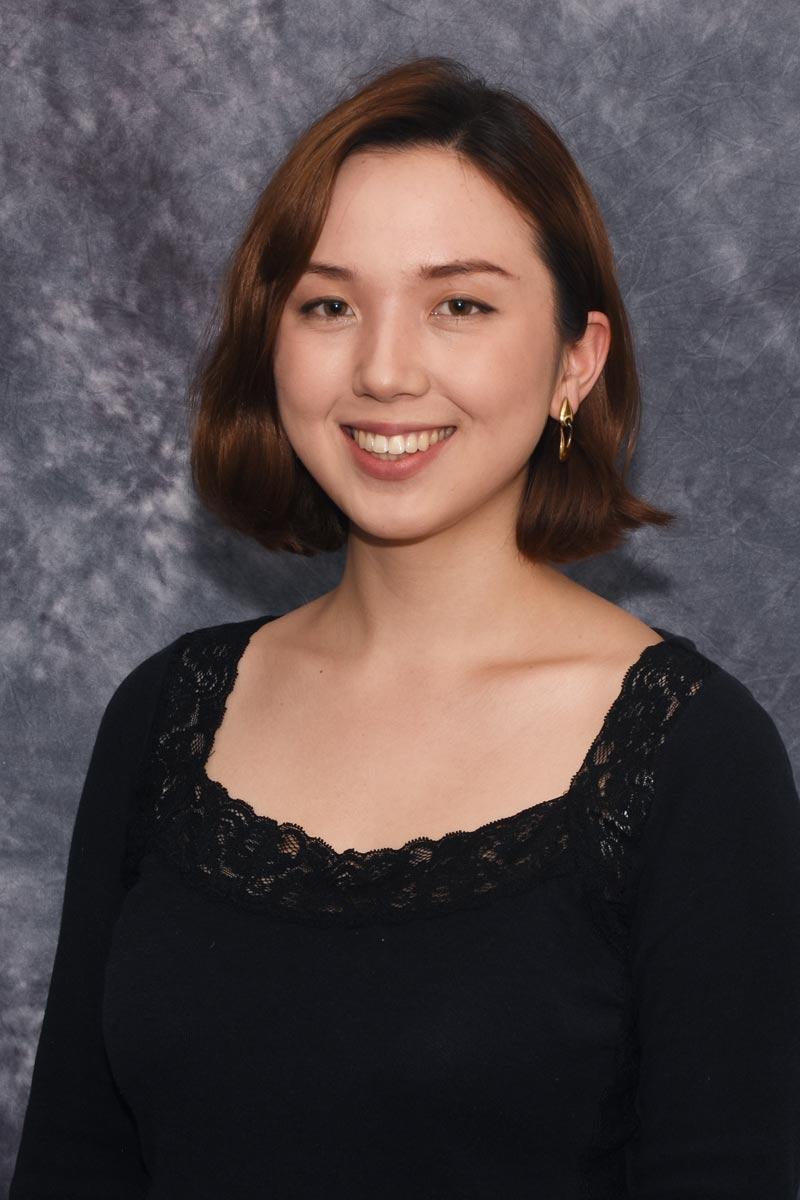Major: Mathematics

Ttile: “Comparing Predictive Data Assimilation Methods on S-I-R Epidemic Forecasts”
Describe your project: My objectives are to compare two statistical tracking methods, specifically the Ensemble Kalman Filter (EnKF) and the Ensemble Optimal Statistical Interpolation (EnOSI) method, to see which one more accurately predicts the spread of a S-I-R epidemic model for airborne infectious diseases.
Who is your mentor for your project? Why did you choose them? I took Dr. Sousedik’s Math 341 (Computational Methods) class. Dr. Sousedik teaches in a way that I don’t feel like I just learned the textbook material, but rather a better comprehension of mathematical logic and problem solving methods in general, so I knew Dr. Sousedik would be a perfect research mentor for me. My advisor also was invaluable for steering me in the right direction for who to ask for research opportunities.
How did you become interested in this project? I’ve always been interested in classes that involved math modeling or data prediction, particularly when the variables dealt with demographic data. When Dr. Sousedik proposed a research topic about statistical tracking for epidemic models, I was very enthusiastic as the topic encapsulated all of my favorite math concepts.
What has been the hardest part about your research/what was the most unexpected thing about being a researcher? There isn’t a website or a book that tells you clearly how to write the code for your program, or how to adapt an equation to the problem, so there were many hours where Dr. Sousedik and I just had to work things out on pen and paper, or invent a new way of dealing with an error from scratch. It can be unsettling to think there isn’t one right answer to a problem, but I was left with insight to how researchers apply math to real world problems.
What has been the most rewarding part? When I first started the research, the related studies I read seemed at times like another language, but after some effort and time I realized I was capable of understanding and applying mathematical concepts that were incomprehensible a few months ago. This research opportunity gave me confidence in my potential to have a STEM career in the future.
How will you disseminate your research? I intend to submit the research paper to the UMBC review and the SIAM Undergraduate Research Online. Ideally, our research will add enough novelty to existing methods to lead to a regular research journal publication.
What is your advice to other students about getting involved in research? I would advise any student getting involved in undergraduate research to speak with the faculty in their department. The professors and advisors will more than likely be willing to go the extra mile to make any ideas for projects you have a reality.
What are your career goals? After more research experience, I ultimately want to apply mathematical models to the planning of urban infrastructure. Ideally, I am interested in working collaboratively with an interdisciplinary team of computer programming, architecture, mathematics, and statistics experts to improve land-use allocation.
9/9/19